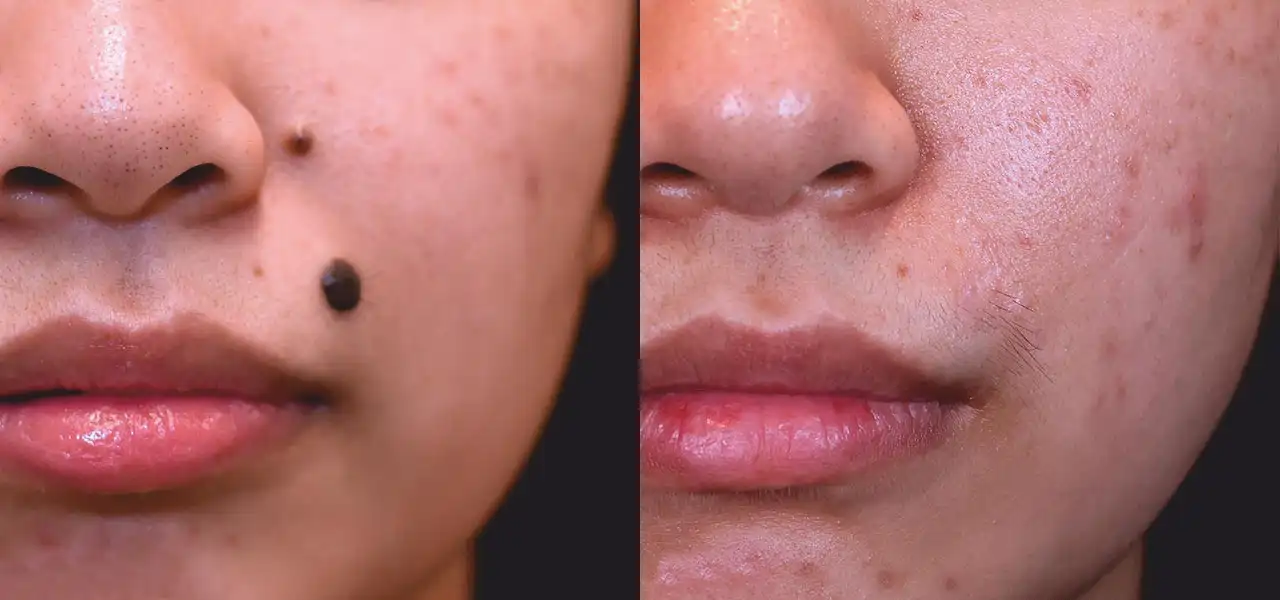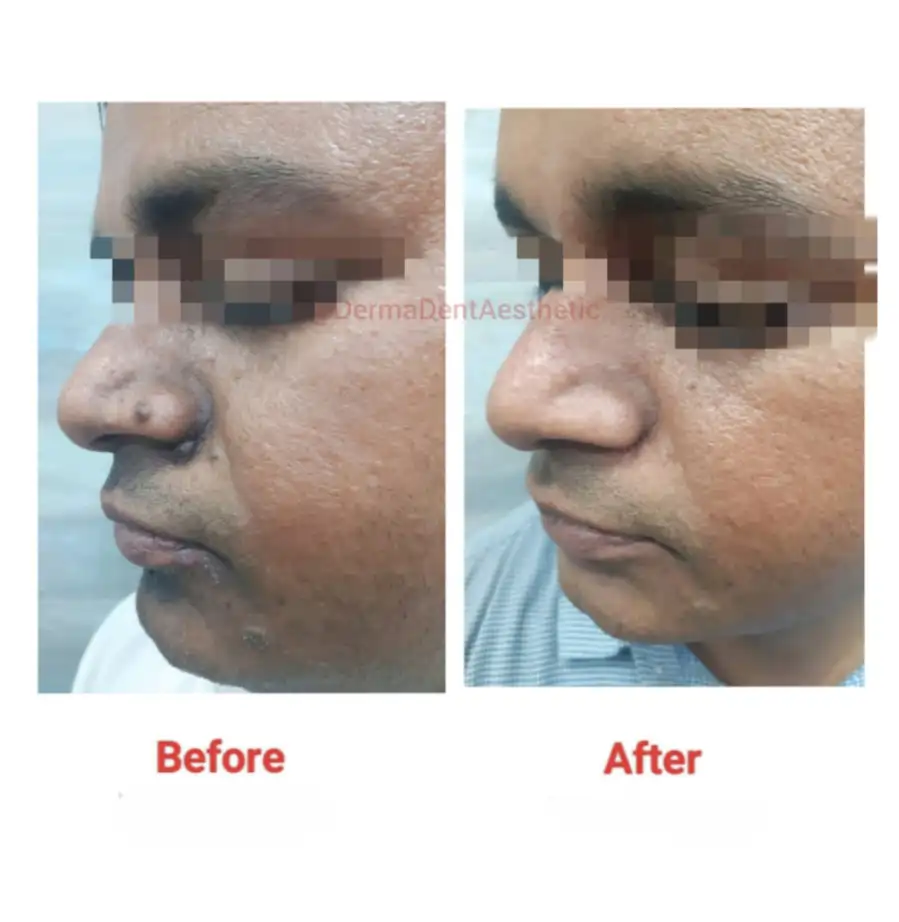Mole Removal

Mole Removal
What is a Mole?
Moles (or nevi) are common skin growths caused by clusters of pigmented cells called melanocytes. They vary in size, color, and appearance, and can develop anywhere on the skin.
Types of Moles
| Type | Description | Concern Level |
|---|---|---|
| Congenital Nevus | Present at birth | May carry melanoma risk if large |
| Acquired Mole | Appears after birth | Typically harmless |
| Atypical Nevus | Irregular shape/color | Needs monitoring |
| Halo Nevus | White ring around mole | Usually harmless |
| Blue Nevus | Deep blue/black color | Benign, but should be assessed |
What's Included
ABCDE Warning Signs
- A – Asymmetry: Uneven shape
- B – Border: Irregular or notched edges
- C – Color: Multiple colors or uneven tones
- D – Diameter: Larger than 6mm
- E – Evolving: Changing in appearance
Prevention Tips
- Use sunscreen daily (SPF 30+)
- Avoid tanning beds and sunburns
- Wear sun-protective clothing and hats
- Regularly check your skin and moles
- Visit your dermatologist yearly
Moles are common skin growths. While most are harmless, some may require removal for medical or cosmetic reasons.
- Suspicious changes in mole's size, shape, or color
- Bleeding, itching, or pain
- Irritation from clothing or shaving
- Cosmetic concerns
Reasons for Mole Removal
Methods of Removal
- Excisional Surgery: Mole is cut and stitched.
- Shave Excision: Mole shaved at skin level.
- Laser Removal: Suitable for superficial non-cancerous moles.
- Electrocautery: Heat-based removal for small benign moles.
ABCDE Warning Signs
- A - Asymmetry
- B - Border irregularity
- C - Color changes
- D - Diameter > 6mm
- E - Evolving features
Always consult a qualified dermatologist before undergoing mole removal. Most procedures are safe, outpatient, and quick to heal.
Medicine Use Disclaimer: Do not self-prescribe or start any medication or topical treatment without consulting a qualified doctor. Improper use can lead to side effects, resistance, or complications. Always follow professional medical advice.

